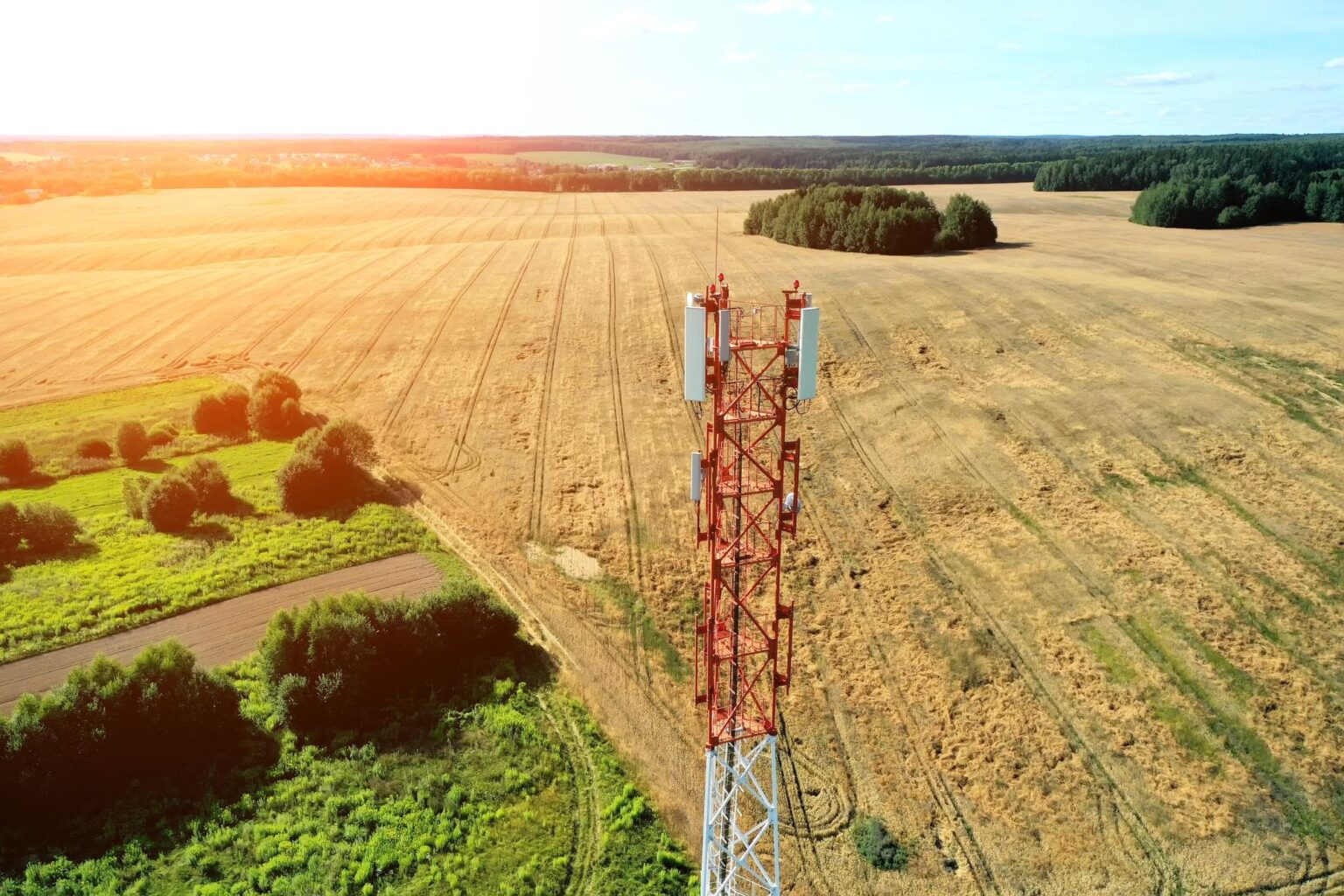Telecom in rural and remote areas is crucial for bridging the digital divide, ensuring that all individuals and communities have access to essential communication and information services. Here are some key considerations and initiatives in bridging the digital divide in rural and remote areas:
- Infrastructure Development:
- Telecom operators and governments work together to expand network infrastructure in rural and remote areas.
- This includes the deployment of mobile networks, broadband internet, and fixed-line connections to ensure connectivity reaches underserved communities.
- Initiatives such as the Universal Service Obligation (USO) require operators to provide basic telecom services in remote areas.
- Wireless Technologies and Satellite Connectivity:
- Wireless technologies, including mobile networks and wireless broadband, are often used to provide connectivity in rural and remote areas due to their cost-effectiveness and scalability.
- Satellite connectivity plays a significant role in reaching areas where traditional terrestrial infrastructure is challenging to deploy.
- Projects like SpaceX’s Starlink and OneWeb aim to provide global broadband coverage using satellite constellations.
- Community Networks:
- Community networks are initiatives where local communities take an active role in providing connectivity to their own areas.
- These networks are often established and operated by community organizations, cooperatives, or non-profit entities.
- Community networks leverage various technologies, including wireless mesh networks, to extend connectivity to underserved areas.
- Public-Private Partnerships:
- Collaborations between governments, telecom operators, and other stakeholders are essential in extending telecom services to rural and remote areas.
- Public-private partnerships (PPPs) help leverage the expertise and resources of both sectors to overcome challenges and deliver sustainable connectivity solutions.
- PPPs can involve infrastructure sharing, subsidy programs, regulatory support, and capacity-building initiatives.
- Subsidy Programs and Regulatory Incentives:
- Governments often implement subsidy programs to encourage telecom operators to invest in rural and remote areas.
- These programs provide financial incentives or regulatory benefits to operators willing to expand services to underserved regions.
- Regulatory incentives can include reduced licensing fees, relaxed spectrum regulations, or streamlined approval processes.
- Mobile Money and Digital Services:
- Telecom services in rural and remote areas go beyond voice and data connectivity.
- Mobile money and digital services, such as mobile banking, agricultural information services, and e-commerce platforms, can empower communities and stimulate economic growth.
- These services leverage mobile networks and digital platforms to provide access to financial services, education, healthcare, and other essential digital services.
- Capacity Building and Digital Literacy:
- Bridging the digital divide also requires efforts to enhance digital literacy and skills in rural and remote communities.
- Capacity-building programs and training initiatives help individuals and communities make the most of available connectivity and digital services.
- Collaboration with local educational institutions, community organizations, and government agencies can support digital literacy programs and empower individuals to participate in the digital economy.
By addressing infrastructure gaps, leveraging appropriate technologies, fostering public-private collaborations, and promoting digital inclusion initiatives, telecom in rural and remote areas can play a vital role in bridging the digital divide. Access to reliable and affordable telecom services empowers individuals, enables economic opportunities, improves healthcare and education, and connects remote communities with the rest of the world.



